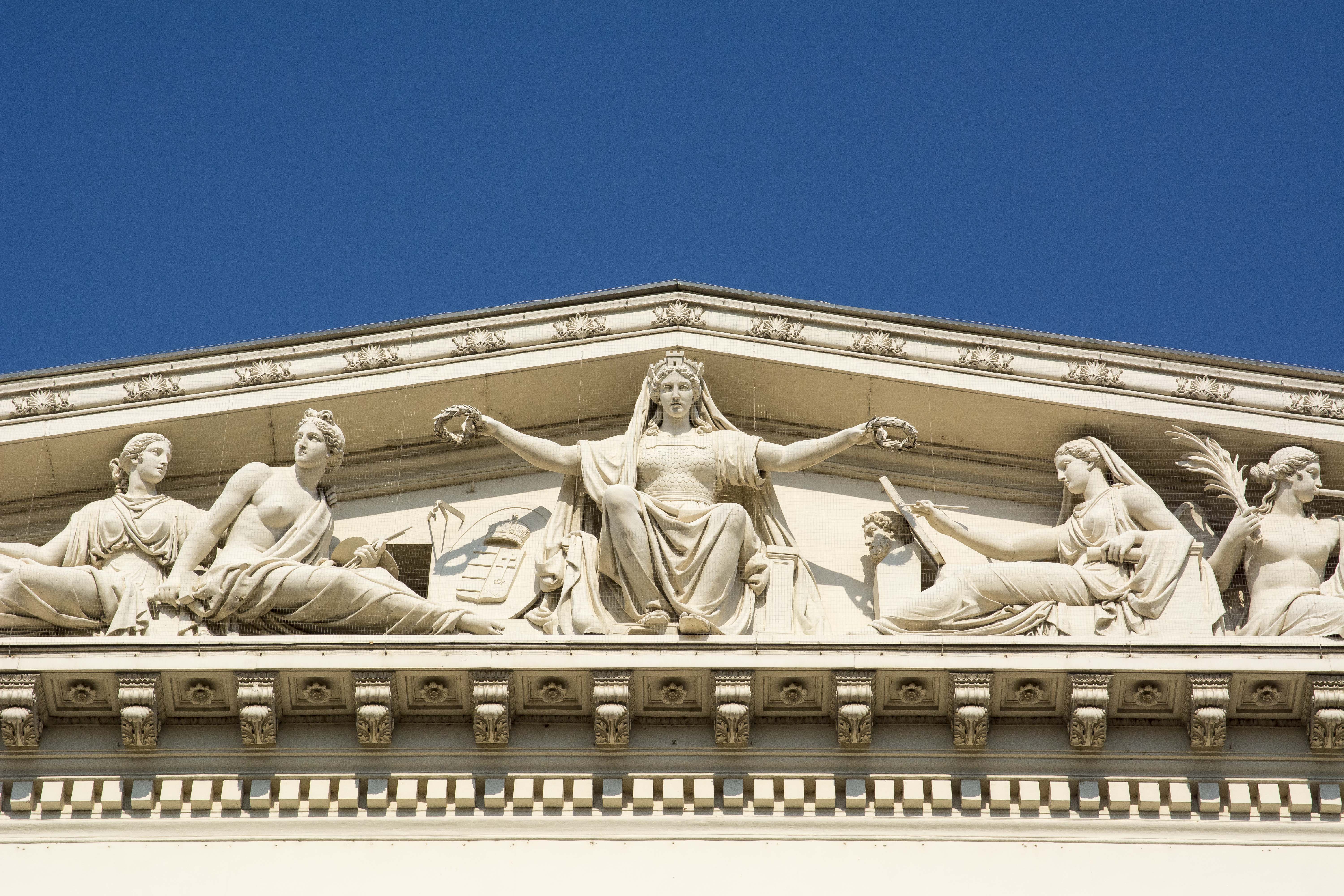Museum of Fine Arts Budapest
Situated on Hősök Tere (Heroes’ Square), at the end of Andrássy út (Andrássy Avenue), adjacent to Budapest’s second biggest park, Városliget (City Park), the Museum of Fine Arts houses a respectable collection of eye-pleasing masterpieces that lives up to, and often exceeds the standards of internationally renowned institutions. The museum has six departments – Egyptian Art, Classical Antiquities, Old Master Paintings, Sculptures, Prints and Drawings, and Art after 1800 -, and each department is comprised of a temporary and a permanent exhibition. Just to name a few highlights, the enviable lineup includes geniuses such as Raphael, El Greco, Toulouse-Lautrec, Chagall, Velázquez, Rembrandt, Tiepolo, Goya, Manet, Monet, and Cézanne. To put the final brush stroke on the canvas, the Museum of Fine Arts has the largest art historical library in Hungary.
Address: 1146 Budapest, Dózsa György út 41.Műcsarnok – Art Gallery, Budapest
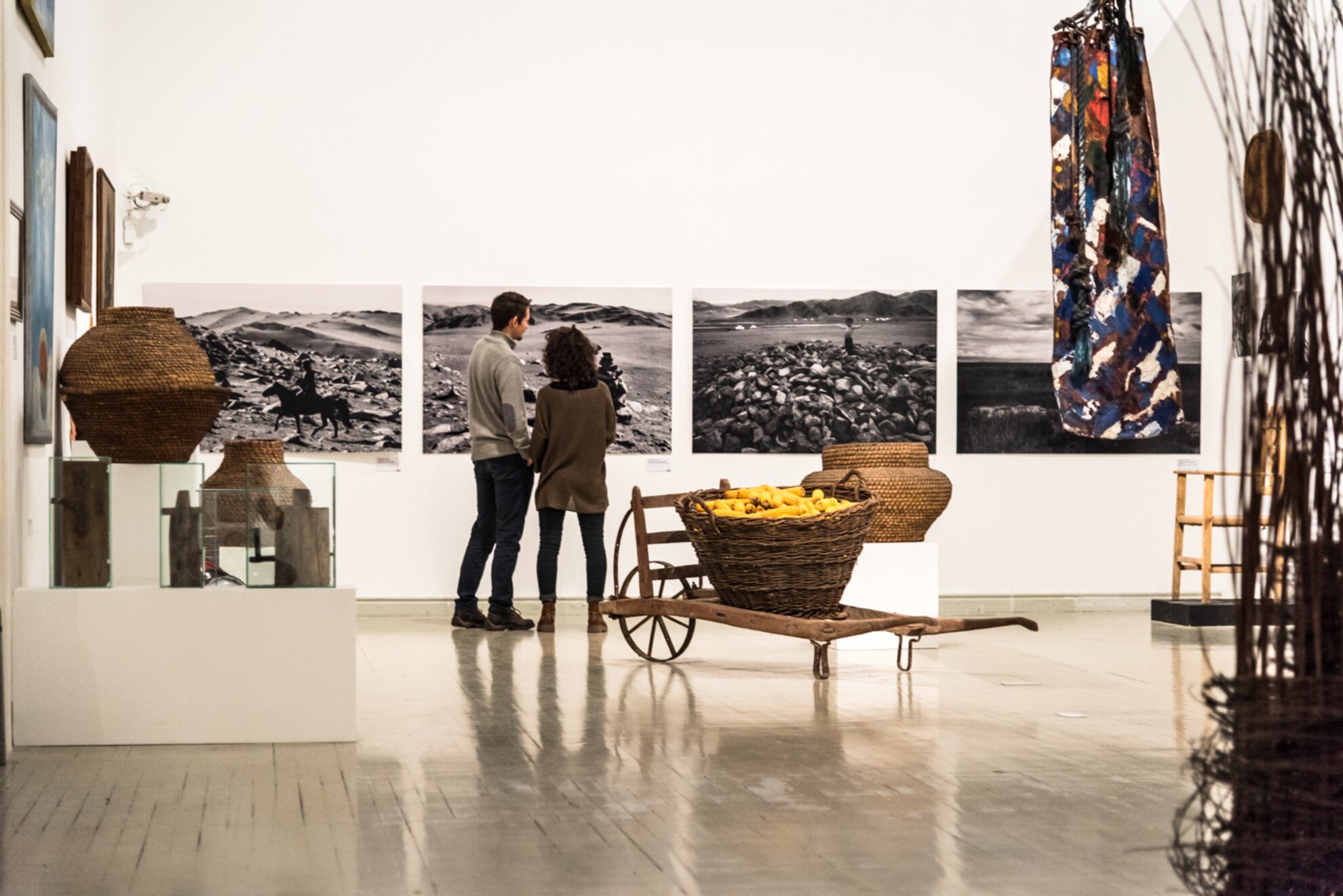
The Art Gallery, located at Hősök Tere (Heroes’ Square), facing the formerly discussed Museum of Fine Arts, has a completely different vibe than its down-to-earth neighbour. It was built in 1896, for the millennial anniversary of Hungary’s conquest, and is characterized by an eclectic exterior consisiting of Neo-Classical features and spectacular ornaments like ceramic tiles and mosaics. As for the content, Art Gallery’s exhibitions showcase cutting-edge contemporary masterpieces, the next big thing being Banksy’s Exit Through the Gift Shop in November.
Address:1146 Budapest, Dózsa György út 37.Ludwig Museum of Contemporary Art – Lumú
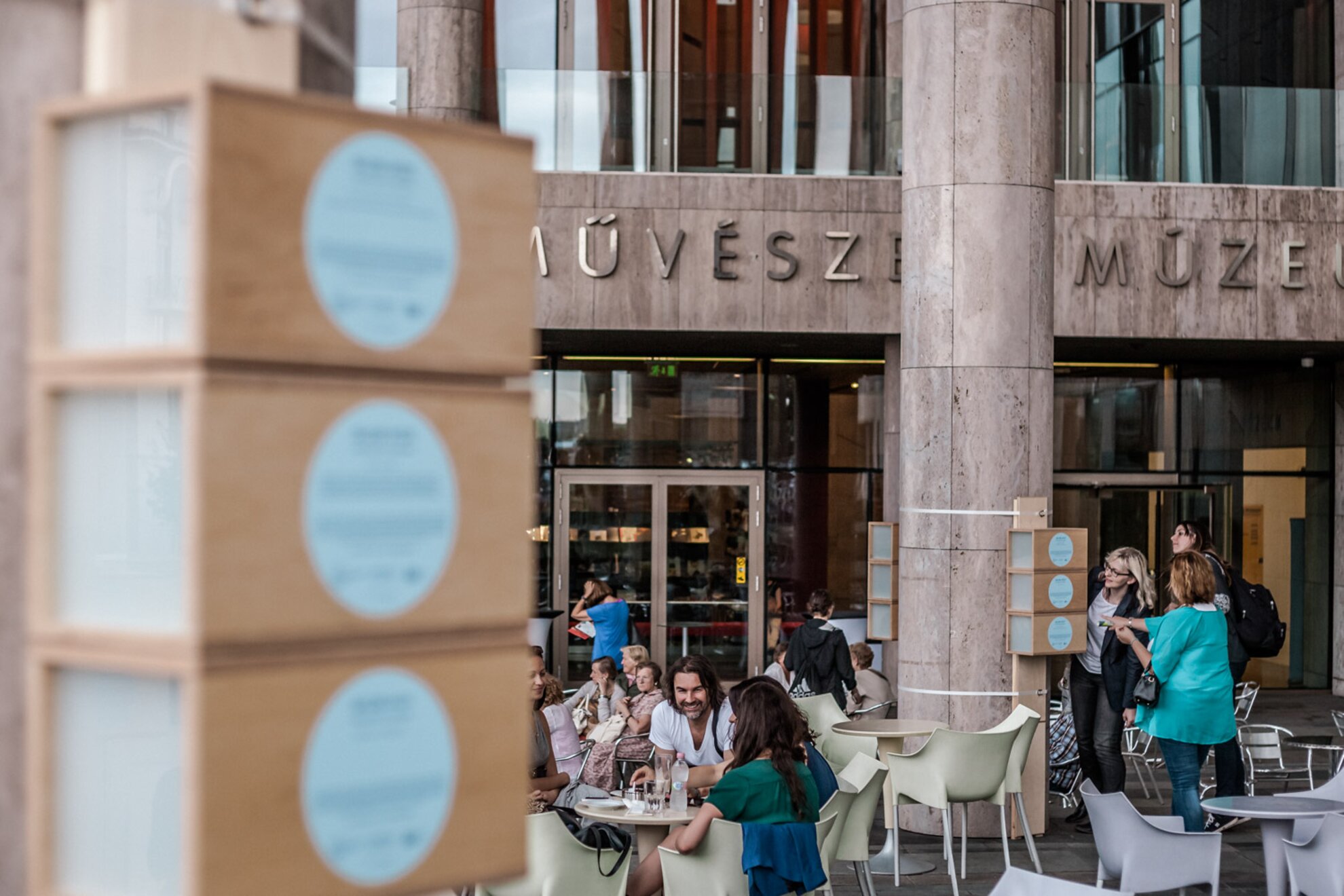
Ludwig Museum, housed by Művészetek Palotája (The Palace of Arts), was established in 1989, but has only found its current home on the anniversary of the 1848-49 Revolutionary Wars, 15 March, in 2005. It’s arguably the most intriguing museum in Budapest made up of spacious, sunlit areas and enormous, floor-to-ceiling windows on 3,300 square-meters and three floors. You can marvel at thought-provoking pieces of contemporary art, you can release your inner child at interactive exhibitions, and you can also be amazed by a sci-fi-like variety of high-tech equipment. The first two floors usually serve as the scenes of major exhibitions, workshops, and art conferences, while the third floor hosts a private collection belonging to Peter and Irene Ludwig that takes you on a past-exploring tour around the world of modern arts.
Address: 1095 Budapest, Művészetek Palotája, Komor Marcell u. 1Hungarian National Gallery – MNG
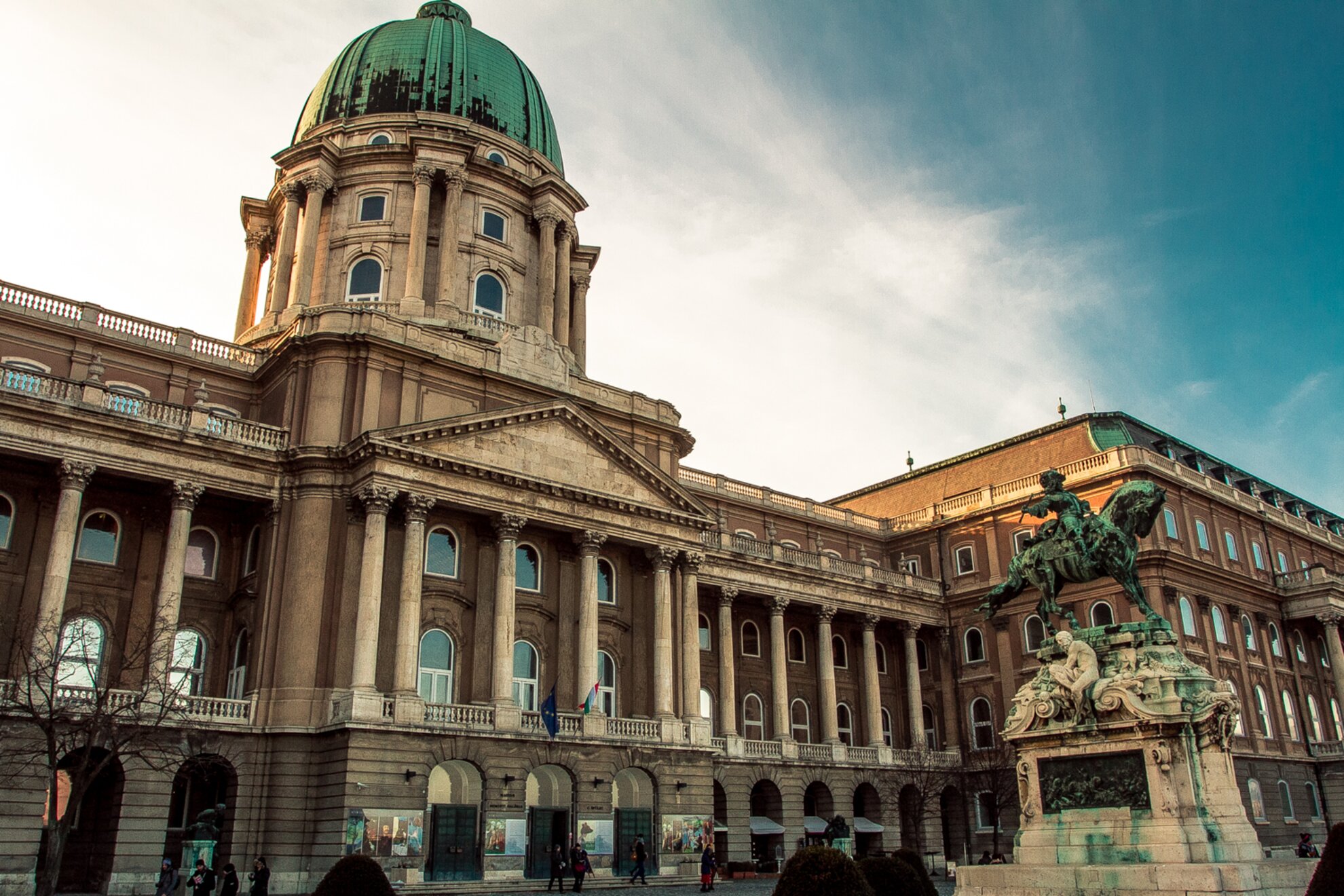
The Hungarian National Gallery, situated in illustrious Budavári Palota (The Royal Palace), a beautiful walk away from Halászbástya (Fishermen’s Bastion), is the ultimate source of Hungarian fine arts hosting the largest collection of its kind. Permanent exhibitions are highlighted by the timeless works of Pál Szinyei Merse, Mihály Munkácsy, József Rippl-Rónai, and Tivadar Csontváry Kosztka, while temporary and thematic exhibitions showcase the creations of less-mainstream geniuses.
Address: 1014 Budapest, Szent György tér 2.Museum of Applied Arts
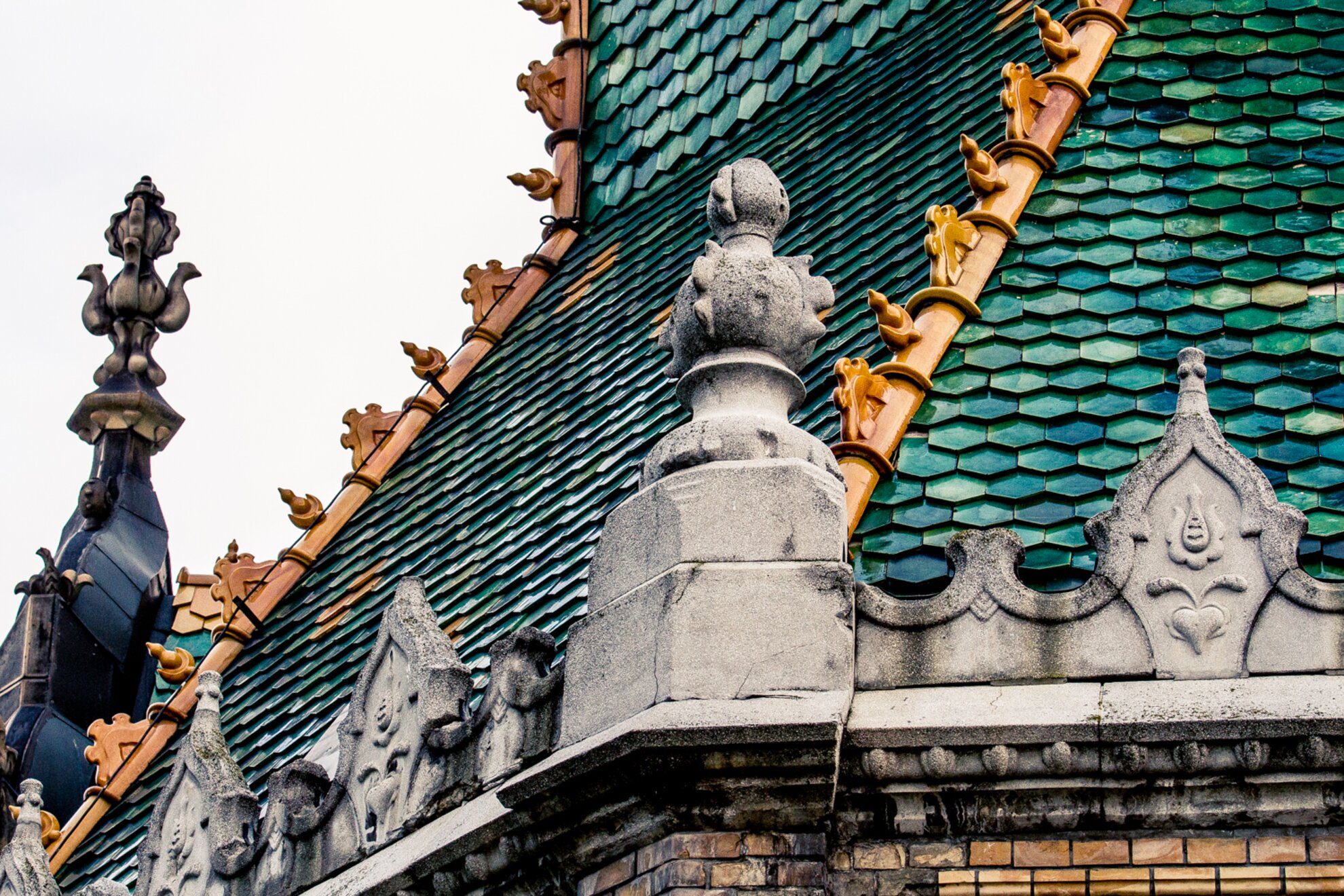
The Museum of Applied Arts, located a couple of tram stops away from Petőfi híd (Petőfi Bridge), is one of the most iconic buildings of Budapest. This Art Nouveau construction roofed in Zsolnay ceramic tiles was the third of its kind in Europe, and stepped on a road carved by trendsetting institutions established in London and Vienna. The Museum of Applied Arts exhibits a rich set of items – porcelains, rugs, various pieces of furniture, jewellery, and many more.
Address: 1091 Budapest, Üllői út 33-37.Hungarian National Museum
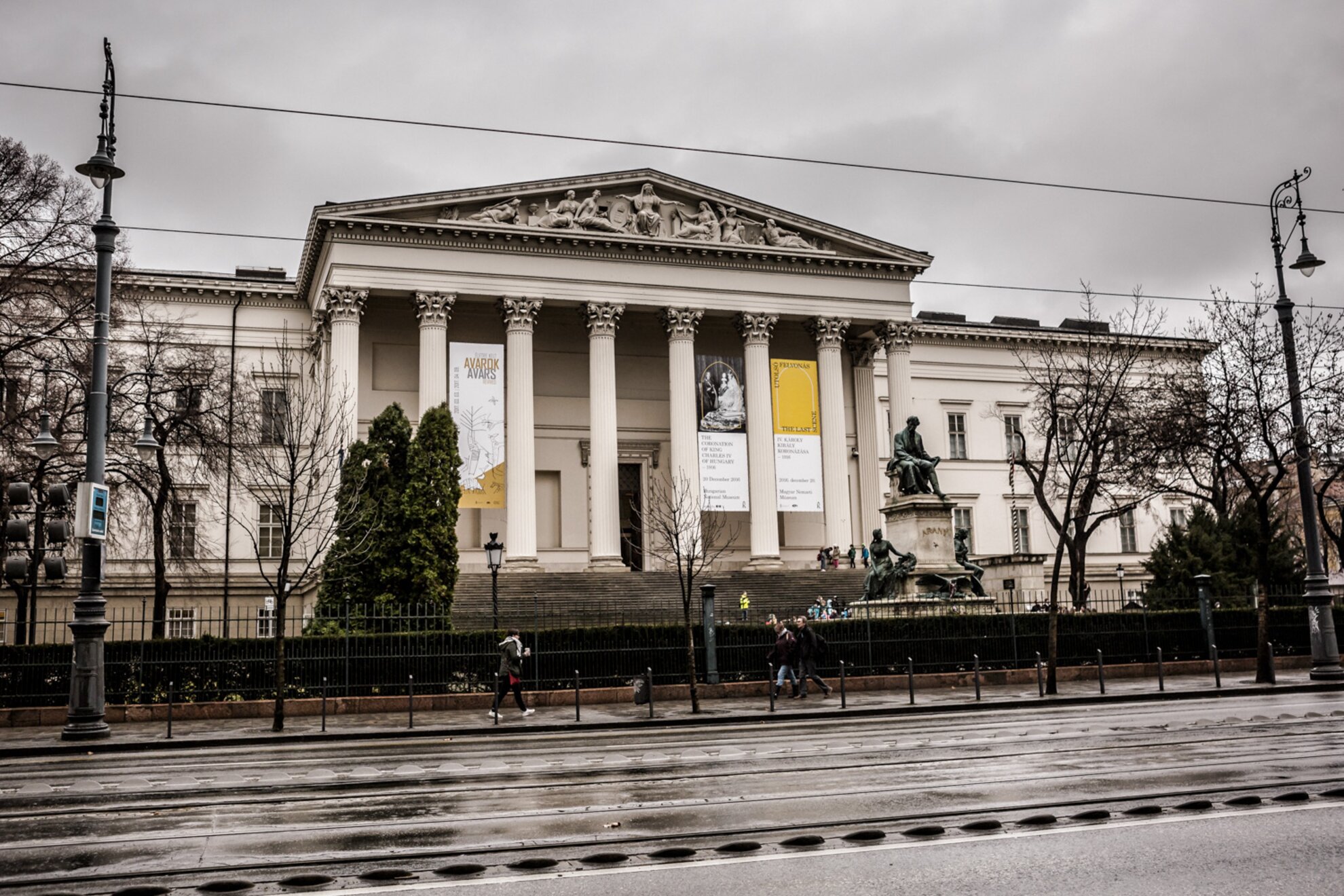
Designed by Mihály Pollack, and founded by Count Ferenc Széchenyi in 1802, the Hungarian National Museum has a history dating back to more than two centuries. During the Revolutionary Wars of 1848-49, it went from significant to iconic when Sándor Petőfi, a legendary Hungarian poet, read both the 12 points of the Revolutionaries (a list of demands written by the Revolution’s leaders) and his passion-igniting poem, Nemzeti dal (The National Song), atop the museum’s staircase. During the warmer months, this mile-long staircase and the garden surrounding the museum is crowded with sunbathing, coffee-sipping, lunch-munching, lazing students of nearby ELTE (Eötvös Loránd University). As for the content, the museum is divided into seven units according to the noteworthy eras of Hungarian history.
Address:1088 Budapest, Múzeum körút 14.
